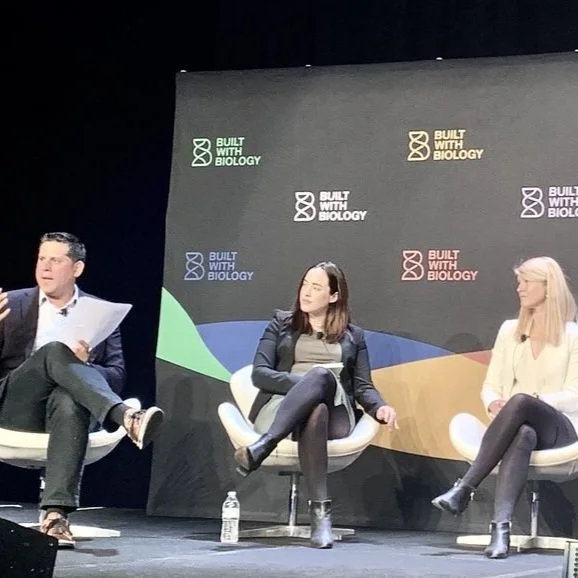Bio-Manufacturing Rules OK
Once you’ve engineered your microorganism to produce your billion-dollar molecule, how are you going to scale up production?
In 2020, A16Z’s Vijay Pande and Judy Savitskay wrote a paper called, The Biggest Open Opportunity in Synthetic Biology, listing out the need for novel bio-manufacturing platforms.
According to Pande and Savitzkay:
The real roadblock in [the synthetic biology] industry is that biomanufacturing using current production processes costs too much to be economically viable for many of the products attempted. The process menu has remained woefully short, and the existing options are tricky and expensive.
The authors admonish synthetic biology entrepreneurs to "think outside of the steel tank," consider using alternate hosts, and remember that some products can be produced and used at their site of use.
Bio-manufacturing has been a big part of Messaginglab's ongoing work.
For example, our work with drug manufacturer CivicaRx highlighted the need to rethink drug manufacturing supply chains. (Which, IMHO, should be one of the biggest lessons from the COVID-19 pandemic: bring production of essential medicines back to the U.S. and look for ways to localize more advanced pharmaceutical ingredient [API] production.)
Our work in bio-manufacturing has continued with EnginZyme, Core Biogenesis, and Bota Bio in terms of strategies delivered, content created, and media announcements made. However, we see the potential for using biology for manufacturing is only just beginning.
Earlier this year, our friends at Ginkgo Bioworks announced that they have driven down the cost of engineering an organism to the point where most small biotech companies can afford them. That means all those biotech companies and any company that manufactures anything can affordably look for bio-manufacturing options, which are more sustainable and environmentally friendly.
This transition from designed organism to bio-manufacturing can't come fast enough, especially given the summer's Intergovernmental Panel on Climate Change report released earlier this summer (highlights).
As my co-author, John Cumbers recently said in Nature,
For today's biotech companies, the competition is not with other countries or even with each other, but with the clock, as there are urgent needs to reduce food scarcity, improve health and substitute byproducts for less sustainable alternatives. So how much faster can biotechnologists turn this imagined future into today's reality?
If you enjoyed this post, here are some others you may enjoy.






